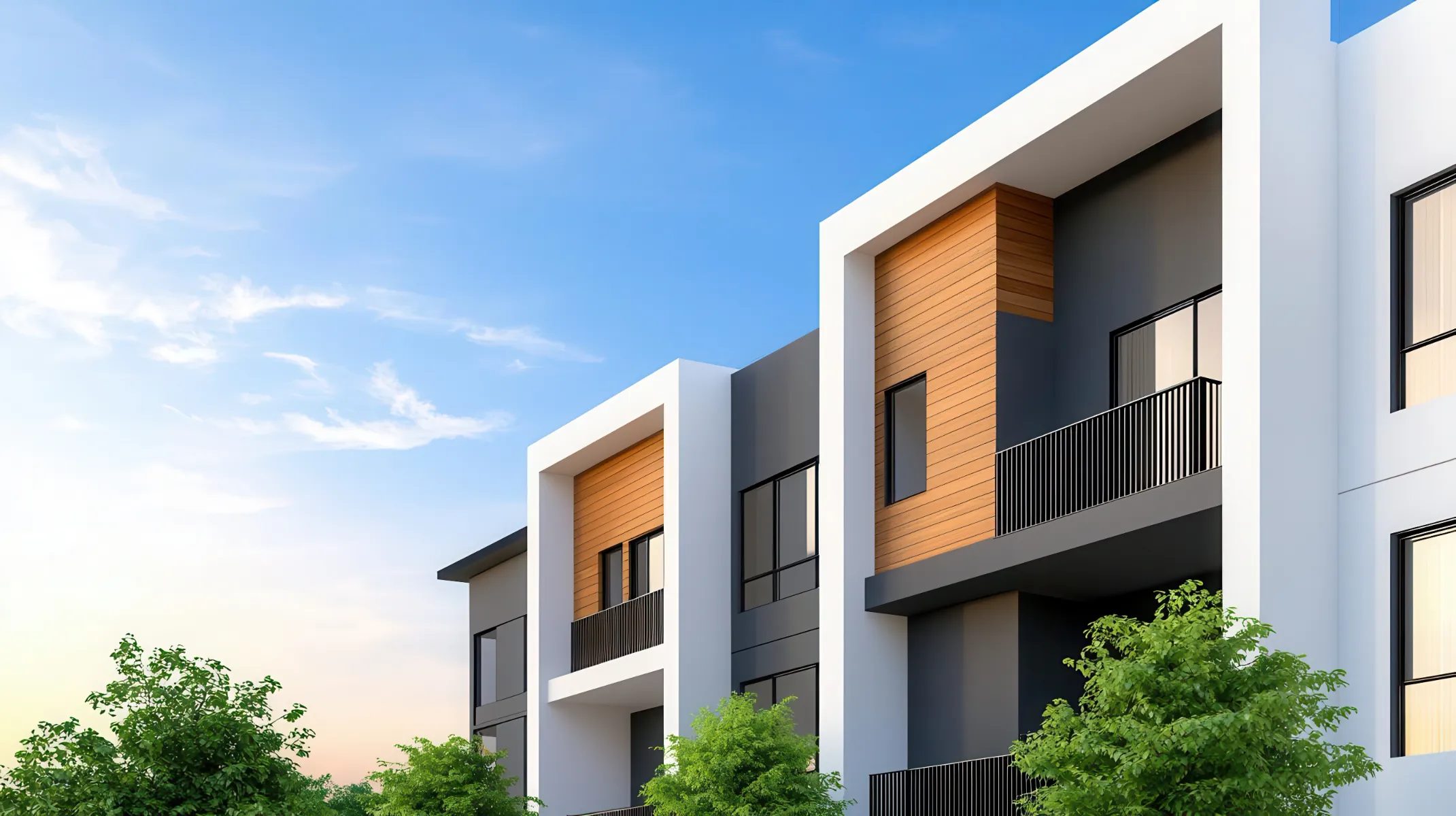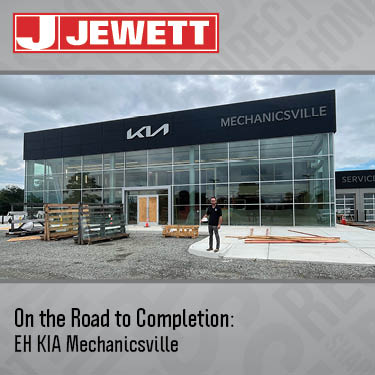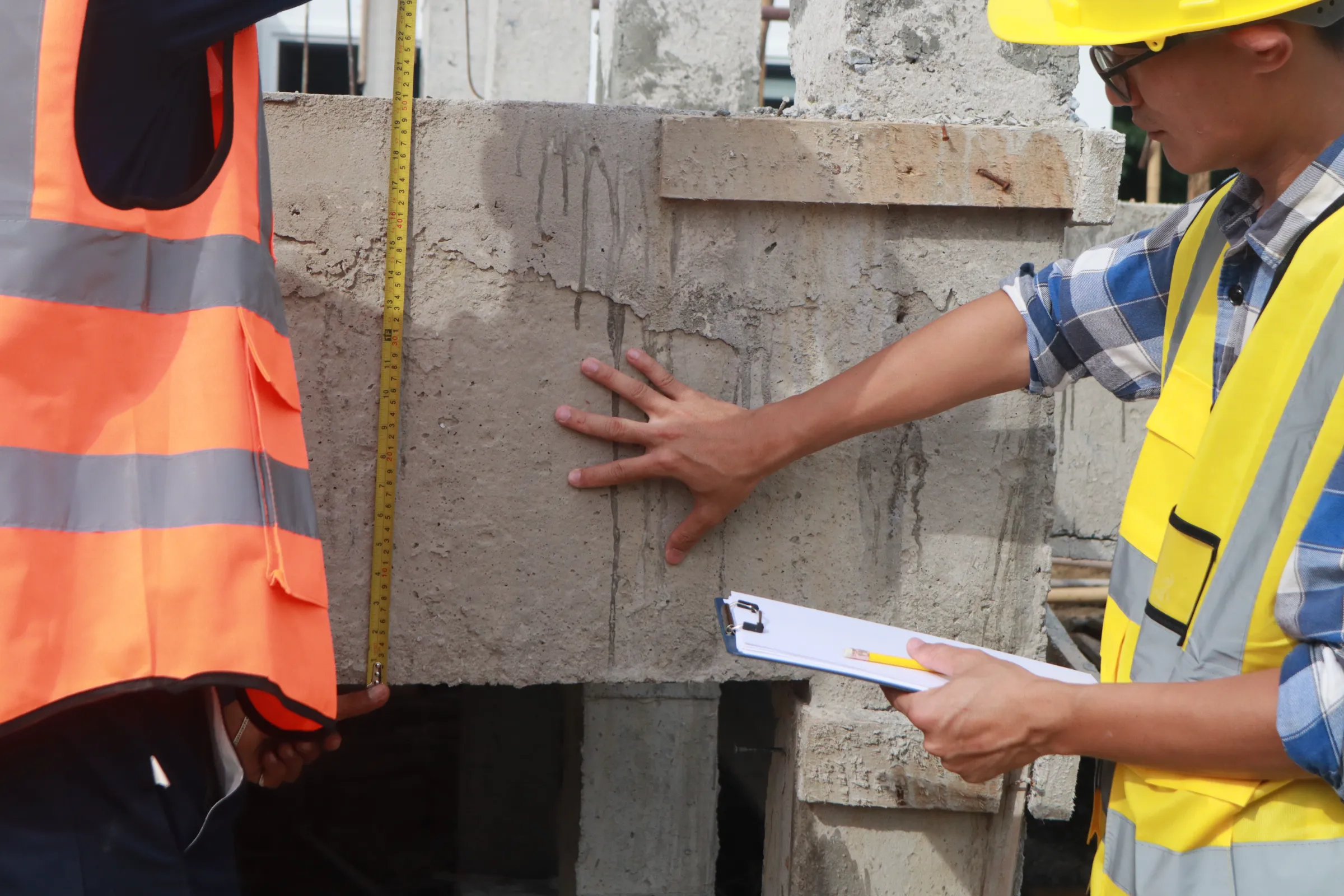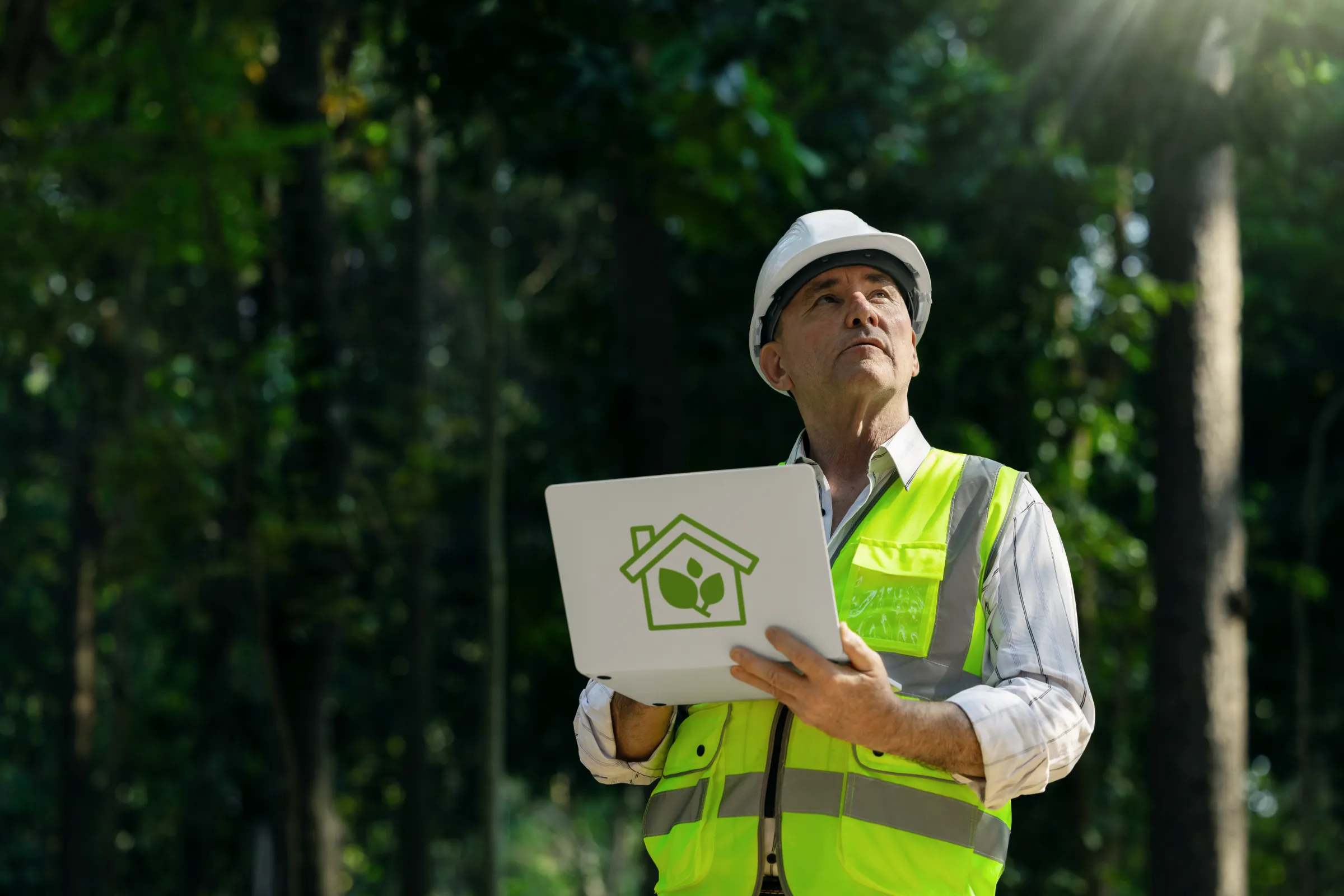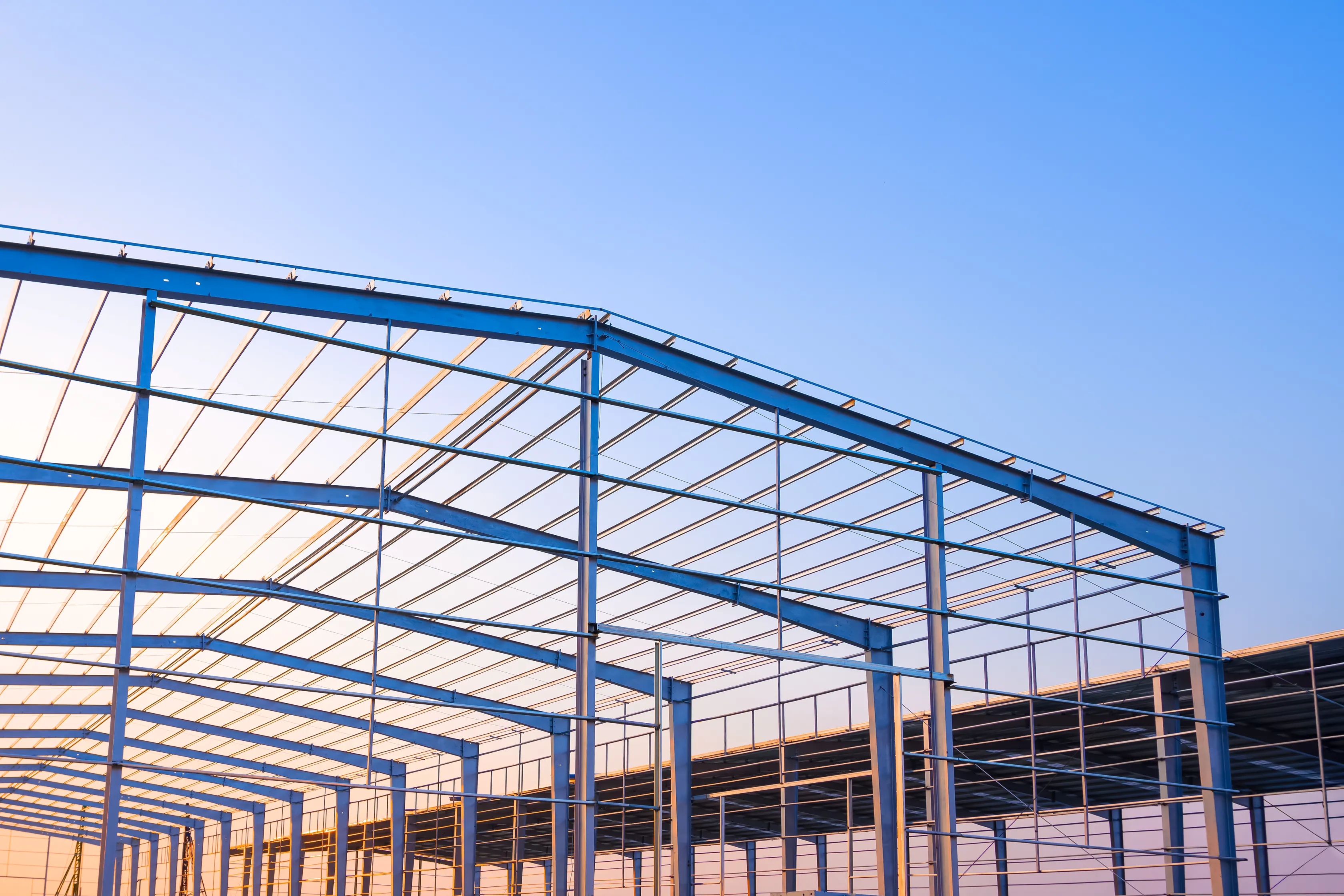Maximizing Long-Term Value in Commercial Construction: Post-Completion Strategies with Jewett Construction
When a commercial construction project wraps up—complete with a grand opening or ribbon cutting—it often feels like the end of a long journey. In reality, it marks the beginning of a building’s true lifecycle. How well that facility serves its occupants, sustains its functionality, and adapts over time can be just as critical as the original design and construction process. At Jewett Construction, we focus on post-completion strategies that help clients keep costs under control, maintain operational smoothness, and strengthen long-term returns on their investment. In this post, we explore how structured handovers, regular maintenance, and future-oriented planning can protect your facility’s value and ensure it remains an asset for years to come.
1. Why Post-Completion Matters
A commercial building’s lifespan involves far more than its initial design and build. Once construction is done, the facility enters a phase of active use where occupant needs, market trends, and regulatory changes all come into play. Poor oversight during this phase can undermine even the highest-quality structures. Think of it like buying a car—without oil changes or maintenance, performance diminishes and costly repairs become inevitable.
Jewett Construction views a building’s completion date as a pivot point rather than a finale. We encourage clients to extend their strategic mindset into this operational phase, recognizing that ongoing care and forethought can greatly extend the facility’s usefulness, lower operating expenses, and foster a safe, appealing environment.
2. A Smooth Handover: Setting the Stage
An orderly handover provides the foundation for proper post-completion management. This process includes transferring important documentation—like as-built drawings, product warranties, and any specialized operation manuals. Jewett Construction’s goal is to ensure facility managers understand how each system functions, from HVAC controls to backup power setups.
Additionally, we confirm that any punch list items—outstanding tasks like minor touch-ups or adjusting door hardware—are resolved promptly. This thoroughness reduces early maintenance headaches for owners. If your staff knows exactly how the facility’s components operate and when they require upkeep, they can swiftly respond to everyday challenges instead of scrambling for information.
3. Prioritizing Routine Maintenance
Even a top-of-the-line building can degrade quickly if its systems and materials aren’t cared for. Routine checks and servicing help spot small issues—like a slow water leak or a fading roof seal—before they escalate into significant, costly problems. Jewett Construction often delivers a tailored maintenance schedule to guide clients through monthly, quarterly, and annual inspections based on their facility’s design and usage.
Such schedules might include lubrication of mechanical parts, cleaning or replacing air filters, verifying electrical connections, and scanning for cracks or water intrusion. For businesses in food service or manufacturing, these checks are particularly crucial to prevent downtime and compliance breaches. Staying on top of preventative maintenance not only protects the building’s structural integrity but also fosters occupant satisfaction, as spaces remain comfortable and free of recurring disruptions.
4. Managing Warranties and Service Agreements
Many components—like roofing materials, elevators, or specialized machinery—come with warranties that can save owners significant money if repairs or replacements are needed. However, these warranties typically include terms that require routine upkeep. Overlooking these responsibilities risks voiding coverage and shouldering the full cost of repairs.
Jewett Construction advises clients to keep a centralized record of all warranty documents. This log should detail the effective dates, scope of coverage, and any mandated service intervals. In some cases, we recommend service agreements with specialized contractors who are intimately familiar with a particular system. These professionals can carry out mandated inspections or maintenance, ensuring warranties remain in force for the entire term.
5. Building Performance Monitoring
Today’s commercial facilities often incorporate advanced sensors that track energy usage, occupancy levels, temperature variations, and more. By analyzing these metrics, owners and managers can tailor operations—like tweaking heating schedules or pinpointing underused areas—for better efficiency. Monitoring can also flag problems early. For instance, a spike in water consumption might reveal a hidden leak.
Jewett Construction can help integrate these technologies during the build or recommend retrofits after completion. With real-time data, facility managers can make informed decisions and adjust building systems to minimize waste. Over time, these small optimizations accumulate into substantial cost savings and an improved environmental footprint.
6. Planning for Adaptability and Expansion
Few commercial buildings remain exactly as they are over their entire service life. Organizations evolve, industries change, and new technologies emerge. Post-completion strategies should account for potential remodels, technology upgrades, or changes to occupant requirements. If you anticipate staff increases or plan to add new product lines, it’s helpful to keep the building adaptable.
Jewett Construction collaborates with clients to map potential expansion zones or set aside space for new machinery. Sometimes, we may suggest modular walls or universal wiring setups to facilitate reconfigurations down the road. By building flexibility into the post-completion plan, owners sidestep disruptions and avoid overly expensive retrofits when needs shift.
7. Sustaining Eco-Friendly Features
Many commercial developments now include sustainable elements—like LED lighting, solar panels, efficient HVAC systems, or on-site stormwater management. However, these features don’t maintain themselves. Solar panels might need periodic cleaning, and irrigation setups may require seasonal recalibration. Neglecting these tasks can degrade performance and reduce the facility’s green benefits.
By embracing ongoing sustainability checks, owners reap the full return on their investments in eco-friendly design. Moreover, consistent environmental stewardship can boost a company’s public image and help meet or exceed evolving local regulations. Jewett Construction encourages all clients to incorporate a sustainability plan into their post-completion routines, ensuring that lower utility bills and corporate social responsibility remain focal advantages.
8. Security and Emergency Preparedness
Securing a commercial space involves more than installing locks and cameras. Managers should periodically review alarm systems, access controls, and staff training for emergency scenarios. For businesses handling valuable inventory or sensitive data, security audits might reveal vulnerabilities that require immediate attention.
At Jewett Construction, we consult with security specialists to ensure that systems are fully integrated into the building’s architecture. After completion, we suggest scheduling regular drills or reviews to confirm that cameras, lighting, and any alarm integrations remain functional. Maintaining a robust security posture helps protect both assets and occupant well-being.
9. Adhering to Evolving Codes and Standards
Building codes, safety regulations, and industry-specific mandates aren’t static. Over time, local jurisdictions may update fire codes or accessibility requirements, potentially impacting previously compliant structures. A proactive approach involves tracking these regulatory changes, especially if your sector—like healthcare or food processing—faces strict oversight.
Jewett Construction recommends periodic code compliance checks. If an addition or remodel is planned, verifying alignment with the newest standards is essential to avoid fines or rework. Staying attuned to these updates not only keeps the facility legal but often contributes to safer environments and more efficient operations.
10. Post-Occupancy Evaluations
After settling into the new space, occupant experiences and feedback can inform useful improvements. Post-occupancy evaluations invite input on lighting quality, indoor air comfort, traffic flow, and overall user satisfaction. These insights enable fine-tuning that further enhances daily functionality.
Jewett Construction encourages clients to gather feedback from employees, customers, or tenants—whether through surveys or informal discussions. If certain areas consistently overheat or an open-concept office layout hinders team productivity, minor layout tweaks or mechanical recalibrations can resolve the issue before it becomes a larger pain point.
11. Embracing Remote Monitoring
Modern facilities sometimes integrate remote-access systems, enabling managers or authorized technicians to track building operations from afar. For multi-location enterprises, such centralized control can harmonize operations, swiftly address anomalies, and compare performance metrics across sites.
Jewett Construction can aid in implementing these solutions—ranging from remote HVAC controls that adjust temperatures on the fly to security platforms sending real-time alerts if unauthorized access occurs. Remote monitoring fosters convenience, cost savings, and swift issue resolution, ensuring occupant comfort remains a priority.
12. Workforce Training for Maintenance Teams
Cutting-edge building technology requires trained personnel to operate and maintain it effectively. Even simpler systems—like advanced lighting controls—can be underutilized if staff lack familiarity. Jewett Construction offers training sessions where building managers and maintenance staff learn best practices for operating mechanical systems, verifying compliance, or scheduling ongoing inspections.
In the case of specialized facilities—like labs or automotive service centers—this training can be the difference between smooth daily operation and chronic breakdowns. By regularly updating staff education materials, building owners ensure new hires or department changes don’t erode institutional knowledge.
13. Engaging in the Local Community
Beyond operational details, a commercial property can strengthen ties with its local environment. Consider hosting community events or offering shared amenities—like a conference room reserved for nonprofits during off-hours. Such engagement helps integrate your facility into the broader community fabric, raising the building’s profile and fostering goodwill.
Jewett Construction encourages clients to view their building as a neighborhood asset. This mindset can be as simple as adding public benches or sponsoring local sports teams, or as involved as collaborating with local schools for facility tours. A thriving community presence often makes the building a more sought-after destination for employees, tenants, or customers.
14. Planning for Upgrades and Renovations
Commercial buildings must keep pace with changing business models and evolving markets. A systematic approach to upgrades—including incremental renovations—supports a facility’s relevance over time. Owners who anticipate such projects can create dedicated budgets or predesign flexible spaces that accommodate evolving uses.
Jewett Construction’s post-completion discussions often include forecasting potential layout tweaks or technology enhancements. For instance, if a retail space might integrate interactive displays, ensuring the electrical infrastructure supports that addition will cut down future retrofitting expenses. By combining foresight with practical design provisions, owners minimize disruptions when change inevitably comes.
15. Conclusion: Cultivating Value Beyond the Build
Successful commercial construction transcends the build phase. A building’s post-completion journey—marked by thoughtful maintenance, flexible planning, and data-informed upgrades—can bolster its functionality and market appeal for years. Jewett Construction believes that guiding clients past the final inspection fosters enduring returns, occupant well-being, and a proactive stance toward future growth.
By implementing a structured handover, honoring warranties, scheduling routine checks, and embracing continuous improvement, owners safeguard their investment and foster an environment that resonates with occupant needs. If you’re curious about maximizing the long-term value of your commercial development, reach out to Jewett Construction. Our holistic perspective ensures that, even after the last coat of paint dries, you’re well-prepared for the next phase of your facility’s evolution.

